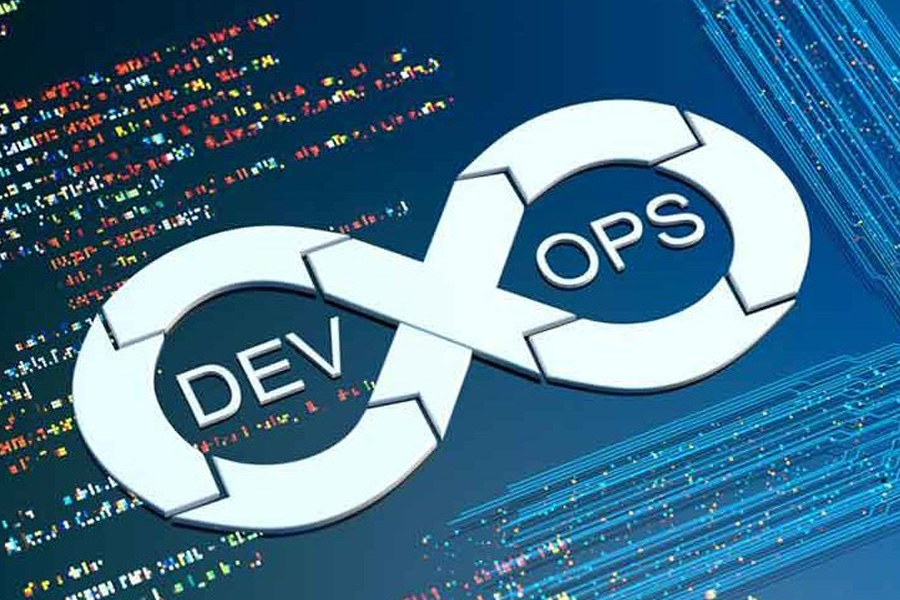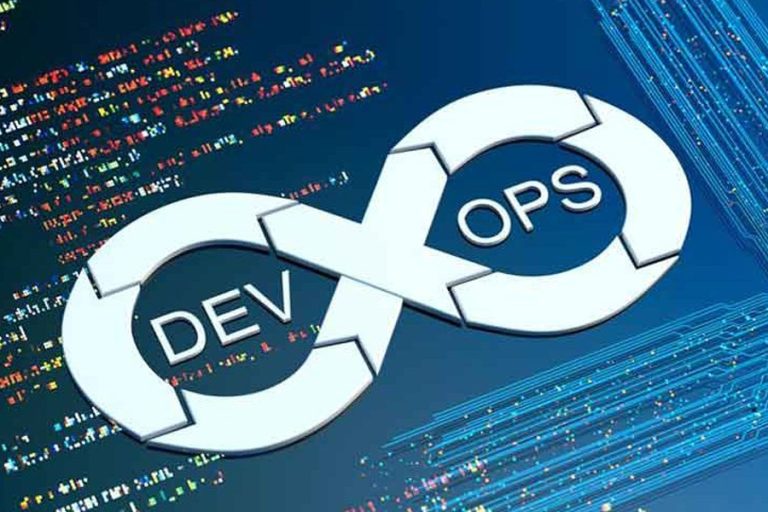
Image Source: devopsgurukul.com
Imagine standing in a control room overseeing a vast railway network. Trains are moving across cities, signals are blinking, schedules are shifting, and an unexpected delay in one region quietly causes disruptions thousands of kilometres away. This railway is your application environment. The control room is your monitoring system. Without clarity and synchronisation, it becomes impossible to understand what went wrong, why it happened, or how to fix it before the chaos spreads.
Advanced observability works like a high-precision control room, offering a seamless view by correlating metrics, traces, and logs. Rather than treating them as separate tools, it unifies them into a single, continuous storyline that helps teams identify performance gaps, troubleshoot failures, and optimise system behaviour intelligently.
Understanding the Trio: Metrics, Traces, and Logs
Think of metrics as summary dashboards. They indicate the condition of your system at any point, like pulse rates or temperature readings. Metrics provide quick assessments: response time, throughput levels, memory consumption, and CPU spikes. They are your early warning signals.
Traces reveal the journey of every request flowing across interconnected services. Like watching the path of a passenger travelling across multiple trains, traces highlight where delays occur and which station caused the bottleneck.
Logs, on the other hand, give narrative details. They capture the conversations happening at each stop — warnings, errors, state transitions, and debugging insights that clarify why something happened.
When these three work in isolation, they resemble puzzle pieces scattered across different boxes. Correlated together, they create a complete, coherent and actionable picture.
Building a Unified Observability Layer
To achieve an integrated observability experience, organisations need systems capable of linking identifiers across every level.
1. Consistent Trace IDs:
Each request receives a unique ID that travels through all components and is recorded in logs and traces.
2. Centralised Data Storage or Indexing:
Rather than hunting across fragmented platforms, data should flow into a unified repository or observability platform.
3. Context Enrichment:
Logs and traces become more valuable when enriched with metadata such as host location, user session info, build version, and deployment timestamp.
Teams exploring structured monitoring often gain deeper hands-on knowledge through programs such as DevOps training in Chennai, where practical experience demonstrates how unified telemetry eliminates guesswork from debugging.
Practical Benefits of Unified Observability
Rapid Root Cause Analysis
Once correlation is established, detecting irregular behaviour becomes quick and precise. Instead of manually navigating log files or comparing dashboards, you can trace the journey of a failing request step by step and pinpoint failure sources instantly.
Reduced Downtime
Finding issues faster means resolving them before they become business-critical incidents. This directly improves application reliability and strengthens customer trust.
Scalable Performance Optimisation
Observability enables teams to identify where resources are underutilised or stretched thin. Whether a database query is inefficient or a load balancer is unevenly distributing traffic, performance tuning decisions become data-driven.
Enhanced Collaboration Between Teams
Developers, operations engineers, and SREs gain a shared view of system behaviour. Conversations shift from assumptions to clarity, reducing friction and enabling smart decision-making.
Modern Tools That Enable Observability
A number of open-source and enterprise platforms now support distributed tracing and log-metric correlation:
- Prometheus and Grafana for metrics visualisation
- OpenTelemetry for instrumenting services with tracing
- Jaeger and Zipkin for distributed trace visualisation
- Elasticsearch, Loki, and Splunk for intelligent log indexing
The key is not simply selecting tools but adopting a mindset where observation is integral to development, deployment, and performance management cycles.
Conclusion
Modern systems are dynamic, distributed, and complex, much like rapidly expanding city railway networks. To operate them effectively, teams require more than fragmented information. They need a unified lens through which they can observe behaviour, anticipate risks, and correct inefficiencies before they escalate.
Organisations that adopt correlated metrics, traces, and logs gain a strategic advantage. Their systems become more resilient, their teams more aligned, and their performance tuning more accurate. Learning pathways, such as DevOps training in Chennai, often help professionals practice these concepts in real environments, making observability a practical skill rather than an abstract theory.
Unified observability is not just a monitoring upgrade — it is a transformation in how teams understand and manage systems. With clarity comes control, and with control comes reliability.






